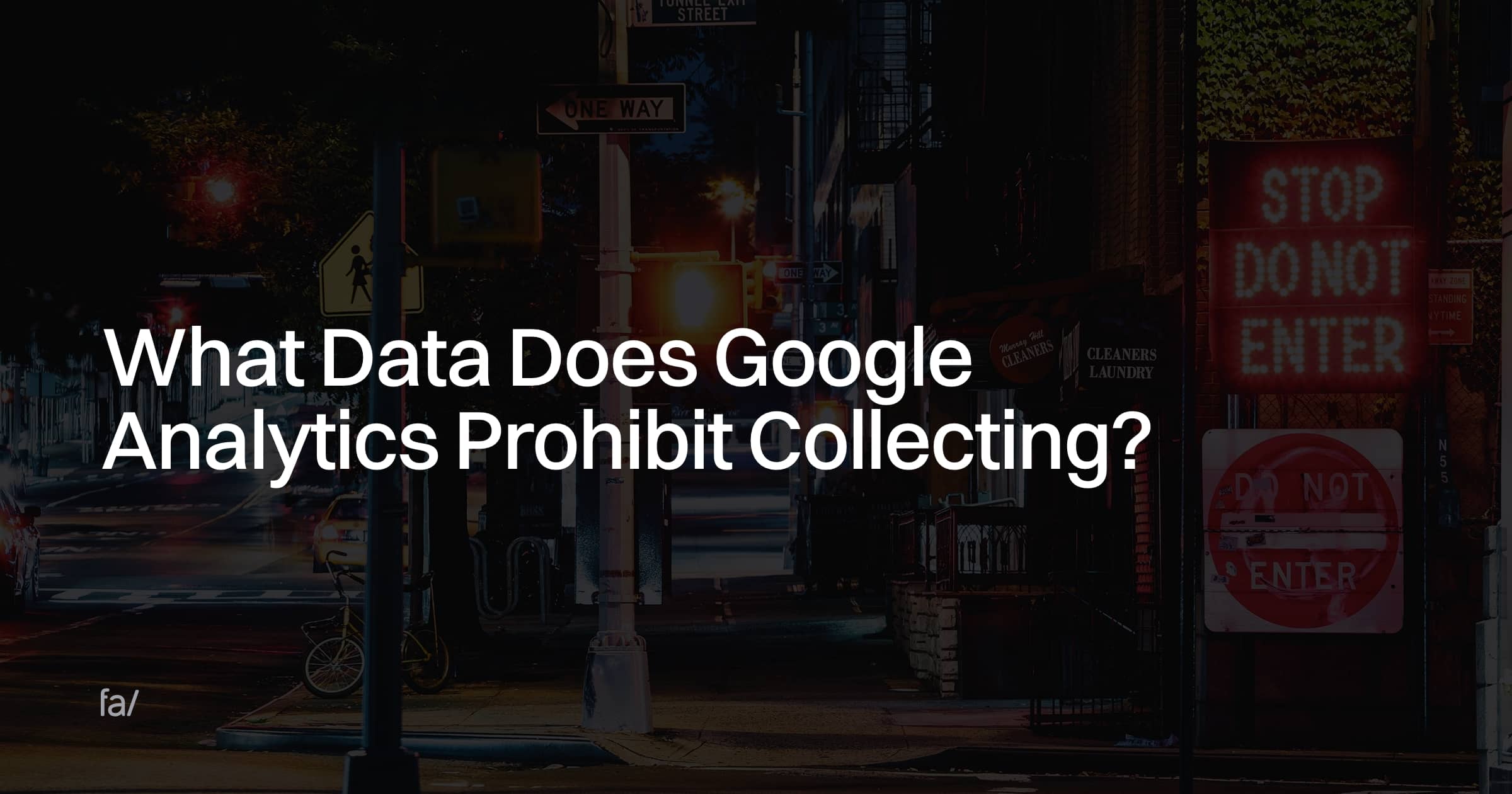Unlocking Insights: Recognizing What Data Does Google Analytics Prohibit Collecting
Unlocking Insights: Recognizing What Data Does Google Analytics Prohibit Collecting
Blog Article
Grasping the Art of Overcoming Data Collection Limitations in Google Analytics for Better Decision-Making
In the realm of electronic analytics, the capacity to extract purposeful understandings from data is extremely important for notified decision-making. By using calculated methods and advanced techniques, companies can boost their information top quality, unlock hidden understandings, and lead the way for even more effective and enlightened decisions.
Data Quality Evaluation
Evaluating the top quality of information within Google Analytics is an important action in making certain the dependability and precision of understandings acquired from the gathered info. Data quality analysis involves examining various aspects such as accuracy, efficiency, uniformity, and timeliness of the data. One key aspect to take into consideration is data precision, which describes just how well the information reflects the true worths of the metrics being gauged. Unreliable data can bring about malfunctioning conclusions and illinformed service decisions.
Completeness of information is an additional crucial element in evaluating data quality. Consistency checks are likewise important in data top quality analysis to identify any inconsistencies or abnormalities within the data set. By prioritizing data high quality analysis in Google Analytics, companies can enhance the integrity of their analytics reports and make even more enlightened decisions based on accurate insights.
Advanced Monitoring Methods
Making use of sophisticated tracking techniques in Google Analytics can significantly enhance the depth and granularity of data gathered for more thorough evaluation and insights. One such method is occasion tracking, which enables for the monitoring of certain communications on a web site, like clicks on buttons, downloads of data, or video clip sights. By applying occasion tracking, businesses can gain a deeper understanding of customer behavior and engagement with their online content.
Furthermore, custom-made measurements and metrics give a method to customize Google Analytics to certain service needs. Personalized measurements enable the development of new data factors, such as user duties or client sectors, while custom-made metrics enable the monitoring of distinct performance indications, like profits per user or average order worth.
In addition, the use of Google Tag Manager can enhance the execution of tracking codes and tags across a website, making it less complicated to manage and deploy innovative monitoring setups. By taking advantage of these advanced monitoring techniques, services can unlock useful insights and enhance their on the internet techniques for far better decision-making.
Personalized Measurement Application
To enhance the deepness of data gathered in Google Analytics past sophisticated tracking techniques like event tracking, companies can apply customized dimensions for even more tailored insights. Personalized measurements allow companies to define and gather details information factors that relate to their unique goals and goals (What Data Does Google Analytics see page Prohibit Collecting?). By designating customized dimensions to different components on a website, such as individual communications, demographics, or session details, organizations can get an extra granular understanding of how users engage with their online residential properties

Acknowledgment Modeling Approaches
By employing the ideal acknowledgment design, businesses can accurately associate conversions to the suitable touchpoints along the consumer journey. One common attribution design is the Last Communication design, which gives credit for a conversion to the last touchpoint an individual engaged with prior to converting.

Data Testing Evasion
When managing big volumes of data in Google Analytics, getting rid of data sampling is necessary to make certain accurate insights are derived for informed decision-making. Information tasting occurs when Google Analytics estimates patterns in data rather than examining the full dataset, potentially causing skewed results. To avoid information tasting, one effective strategy is to reduce the date range being examined. By focusing on much shorter timespan, the probability of coming across tasted information reductions, providing an extra specific depiction of individual habits. Furthermore, utilizing Google Analytics 360, the costs variation of the system, can aid minimize tasting as it enables higher information here thresholds prior to tasting starts. Implementing filters to narrow down the information being examined can likewise help in preventing tasting problems. By taking these positive actions to lessen data sampling, companies can extract more exact insights from Google Analytics, bring about much better decision-making and improved overall performance.
Verdict
Finally, mastering the art of conquering data collection limitations in Google Analytics is critical for making informed decisions. By performing a detailed data quality assessment, implementing innovative monitoring strategies, using custom dimensions, utilizing acknowledgment modeling approaches, and staying clear of information sampling, companies can make certain that they have reliable and accurate information to base their choices on. This will ultimately result in a lot more reliable approaches and far better end results for the organization.

Report this page